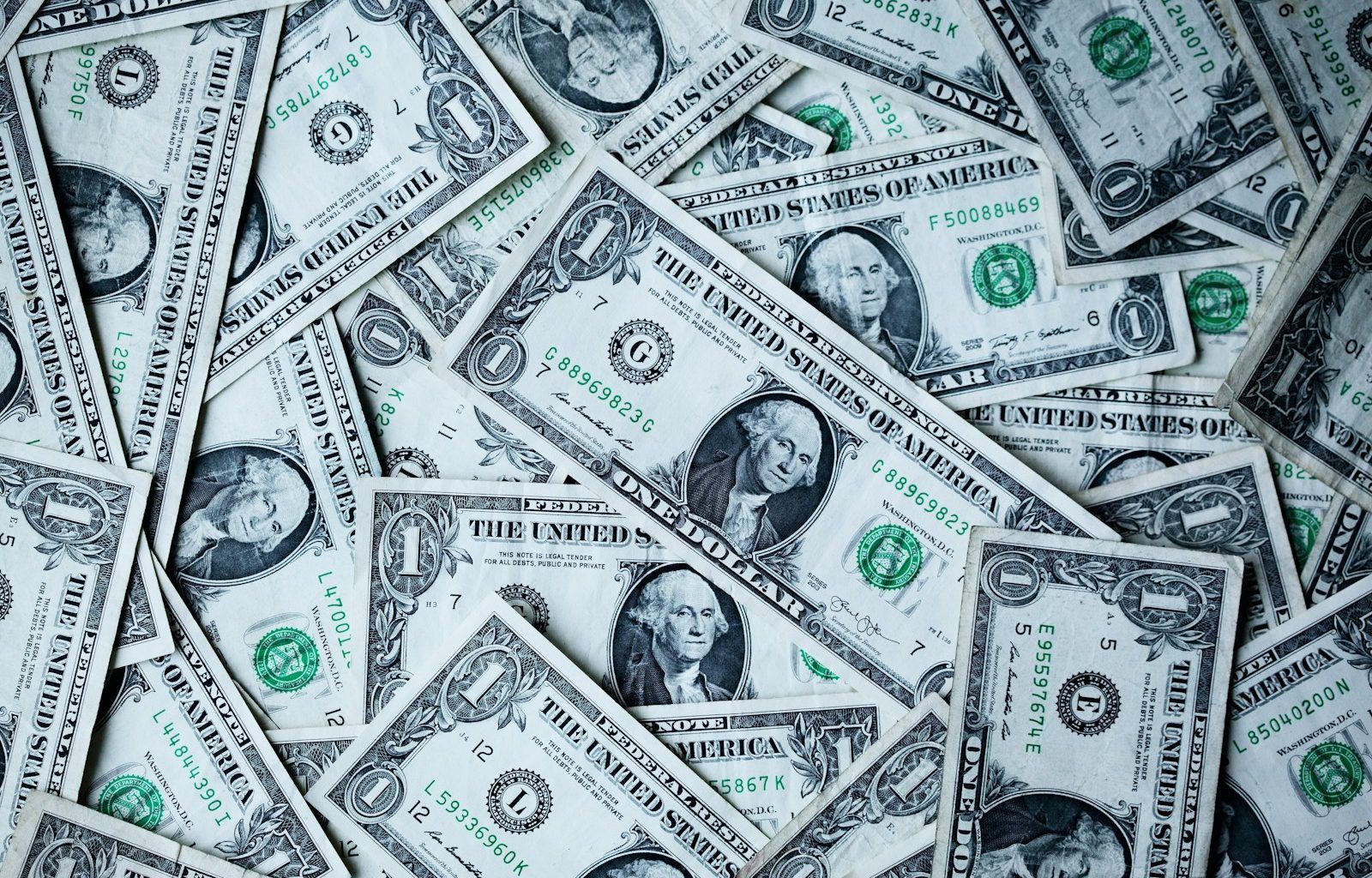How Does Spotify Pay? A Comprehensive Guide
Spotify has become a go-to platform for millions of music lovers worldwide, but one big question always lingers—how does Spotify pay artists? If you’re curious about the money trail, you’re not alone! From royalties to streaming numbers, there’s a lot to unpack. Let’s break it down into simple, easy-to-understand pieces.
How Does Spotify Generate Revenue?
Before we dive into payments, let’s talk about where Spotify gets its money. The platform earns revenue primarily through two sources:
- Premium Subscriptions: Users pay a monthly fee to access ad-free music, offline downloads, and better sound quality.
- Advertisements: For free users, Spotify runs ads, and advertisers pay the platform for this exposure.
Both streams combine to create a pool of revenue, which Spotify then distributes to rights holders.
Who Gets Paid When You Stream a Song?
It might surprise you to learn that Spotify doesn’t directly pay artists. Instead, payments go to rights holders, which include:
- Record Labels: If an artist is signed, their label typically gets the biggest cut.
- Publishers and Songwriters: These are the creative minds behind the music.
- Independent Artists: If an artist owns their music, they get their share directly.
Spotify uses a pro-rata system, meaning it divides its revenue based on total streams across the platform. Essentially, the more popular the song, the bigger the slice of the pie.
How Are Spotify Royalties Calculated?
The calculation isn’t as simple as paying a flat fee per stream. Instead, several factors influence the payout:
- Total Revenue: Spotify’s overall earnings in a given period.
- Market Share: How many streams your song gets compared to others.
- Distribution Deals: The terms of agreements with labels, publishers, or distributors.
For example, if your song gets 1% of all Spotify streams for the month, your share is 1% of the total royalty pool.
What Is the Average Payout Per Stream?
Spotify pays roughly $0.003 to $0.005 per stream, but this isn’t set in stone. The exact amount depends on the listener’s location, subscription type (free vs. premium), and the specific rights agreements. While it sounds small, those pennies add up for artists with millions of streams.
Do Independent Artists Make More?
Yes and no. Independent artists who own their music outright can keep a larger percentage of their earnings. However, without the backing of a label or big marketing budgets, getting noticed on Spotify can be a challenge. Still, tools like Spotify for Artists help level the playing field by providing insights and promotional options.
What About Collaborative Tracks?
When multiple artists collaborate on a song, royalties are divided based on pre-agreed splits. For example, if two artists co-own a track 50/50, Spotify’s payment for that song will be distributed accordingly.
Does Spotify Pay Equally Worldwide?
No. Spotify’s revenue and payouts vary across different countries. Streams in wealthier regions, like the U.S. or Europe, often generate higher royalties compared to streams from developing markets. This is tied to differences in subscription costs and advertising rates.
What Role Do Streaming Algorithms Play?
Spotify’s algorithm is pivotal in determining which songs gain traction. The more your music is added to playlists or recommended by Spotify’s AI, the higher the chances of earning more streams—and ultimately more royalties.
How Can Artists Maximize Their Earnings on Spotify?
For musicians looking to make the most of Spotify, here are a few tips:
- Optimize Your Profile: Use Spotify for Artists to enhance your presence. Add bios, images, and links.
- Pitch to Playlists: Submit your tracks for playlist consideration to boost visibility.
- Engage Fans: Encourage your audience to save and share your music.
- Focus on Retention: The longer people listen to your tracks, the better the algorithm rewards you.
Are Artists Happy with Spotify’s Payments?
The answer is mixed. While some artists appreciate the global reach Spotify offers, others feel the payouts are too low, especially for smaller acts. This has led to debates about whether the pro-rata model is fair or if user-centric payments would be better.
How Does Spotify Compare to Other Platforms?
When compared to platforms like Apple Music or Tidal, Spotify’s per-stream payout is on the lower end. However, its massive user base often makes up for the difference in volume.
What’s Next for Spotify Payments?
The music industry is ever-changing, and Spotify is no exception. The company continues to explore new ways to improve payouts, including better algorithms, more subscription tiers, and potential blockchain integrations.
Final Thoughts
Spotify has revolutionized how we consume music, but understanding its payment model requires a little digging. While the system isn’t perfect, it offers artists—both big and small—a chance to share their work with the world. So the next time you hit play, know that your streams are part of a complex, fascinating process that keeps the music alive.
For further reading, explore these related articles:
- Designing the Perfect Singer Logo: A Complete Guide to Branding Your Music
- Vocal Practice for Beginners: Your Easy Guide to Becoming a Better Singer
For additional resources on music marketing and distribution, visit DMT Records Pvt. Ltd..






